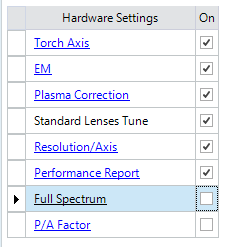"I am new to Agilent ICPMS. I have a 7900. I run groundwater and surface water samples and use H2 gas for Be, Al, Zn, and Se and He gas for all the other analytes. For my EPA tune report, I run both gas modes but H2 has high peak widths. Do I have to run both gases in the semi autotune?
I may have to adjust my peak widths to read less than .75 amu at 5% peak height, and I have not seen my peak widths lower than .76amu when the parameters were set at .9 amu. The 200.8 method revision 5.4 has three different statements relating to the tune. Does anyone have experience determining which one to follow. My previous lab I worked at did .9amu at 5% peak height for every method.
I appreciate any help, I'm the only metals analysis in my current lab, so this forum is a wonderful support."




